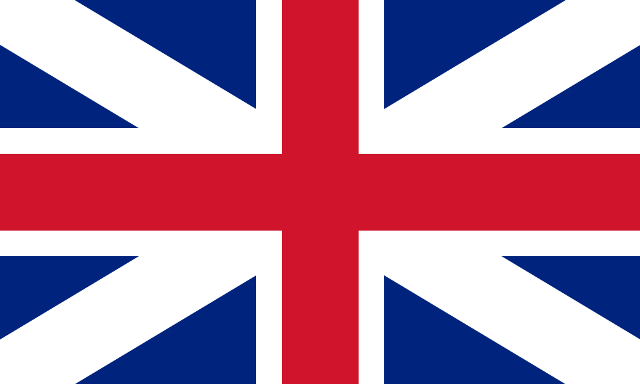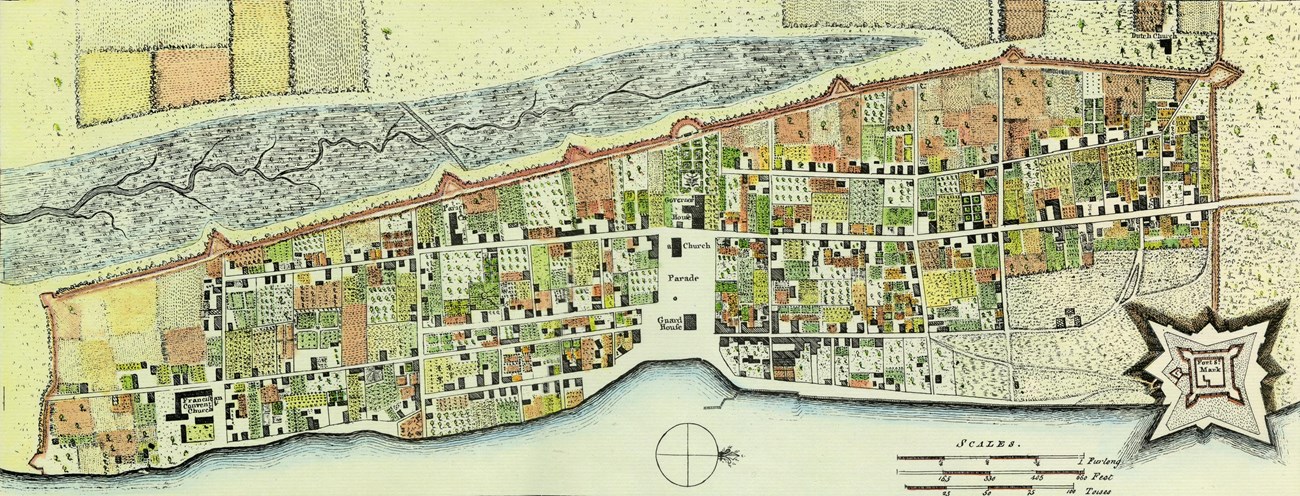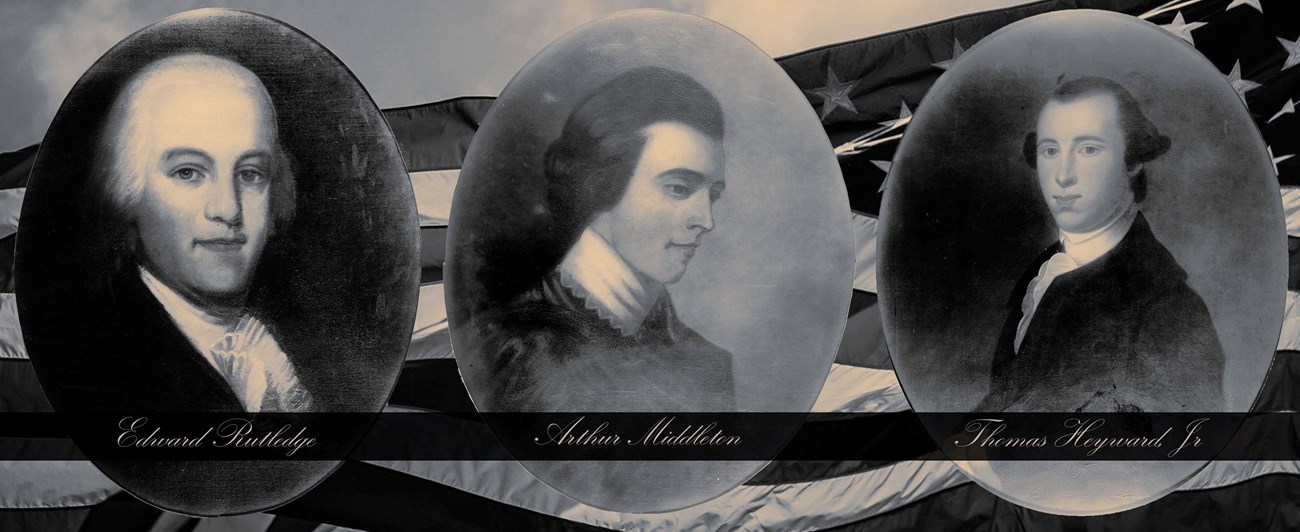
Ironically, after all the fighting in Georgia and Florida, all it took was a signature on a piece of paper in Europe to take Florida away from Spain. In 1763, the Seven Years’ War (or the French and Indian War, as it was called in America) came to an end. Great Britain and her American colonies had won against the combined forces of France and Spain. The armies of Great Britain had conquered Canada and several French-held islands in the Caribbean. They had also stormed and occupied Havana, Cuba. This was Spain’s principal seaport and administrative headquarters for much of Spanish America. Spain also lost Manila in the Spanish Philippines, a transshipment point of the wealth of Asia. The Treaty of Paris ending the war left Canada to the English, returned several Caribbean islands to the French, and traded Havana and Manila back to Spain in exchange for the province of Florida. Great Britain now controlled all of North America east of the Mississippi River. At that time, St. Augustine was still a garrison community with fewer than five hundred houses. 
Prosperity and HopeEngland had a strong desire to develop Florida trade. The London Board of Trade advertised 20,000 acre lots to any group willing to enter Florida. The land, however, had to be settled within ten years with one resident per 100 acres. While the Privy Council in London granted land titles, pioneer families could gain land grants at the two colonial capitals, St. Augustine in East Florida and Pensacola in West Florida. Former British soldiers were eligible for special grants. Each pioneer settler was given 100 acres of land and 50 acres per family member. To recruit Southerners, slavery was allowed. Under the able administration of Governor James Grant, 2,856,000 acres were granted in East Florida. RebellionThe French & Indian War changed the relationship between the northern colonies and their mother country. A decade of conflict over economic policy and control, beginning with the Stamp Act crisis in 1765, led to alienation among a rapidly growing population (over 2.5 million by 1776) which was increasingly of non-British origin. Florida remained a loyalist stronghold throughout the American Revolution. Its population was newly arrived in America and had no history or experience of the growing democratic culture in the other colonies. Likewise, the colony was dependent on English trade with little internal economic growth of its own. Enraged residents of St. Augustine burned effigies in the plaza of revolutionary leaders Sam Adams and John Hancock. British StrongholdSt. Augustine, as the capital of East Florida, rapidly became a military stronghold and the central command post for operations in the southern colonies. England decided to utilize Florida as a staging area for British troops assigned to the South. Florida's warm climate would acclimate British forces to the American heat, and Florida could develop supplies for the British military. The town quickly overflowed with British troops and a growing stream of loyalist refugees fleeing the fighting in the Carolinas and Georgia. St. Augustine and Fort St. Mark (the renamed Castillo de San Marcos) were used as a supply base and a prisoner of war camp for captured rebels. Among these were three of the signers of the Declaration of Independence: Thomas Heyward, Jr., Arthur Middleton, and Edward Rutledge. South Carolina’s Lieutenant Governor, Christopher Gadsden, was held in solitary confinement inside the fort’s jail for 42 weeks. 
East Florida RangersIn addition to the British regular army, Florida locals also took up arms against the rebelling colonists. Of all the provincial troops, the East Florida Rangers were the most active. They were organized in 1776 and ultimately consisted of some 130 men, organized in four companies and engaged to serve for three years. The rangers were inhabitants of East Florida and refugees from Georgia and the Carolinas. They received their clothing, provisions, and one Shilling a day, but provided their own horses. Failure and LossMost of the war took place far north of Florida, but cross-border raids increased. In 1779, Spain took advantage of Britain's preoccupation with the colonies and joined the fray. General Bernardo de Gálvez , the governor of Louisiana, captured Baton Rouge, Natchez, and Mobile, all in British West Florida. After losing Pensacola to the Spanish in 1781, the British were afraid they might make plans to capture St. Augustine by trying the same plan the British had tried years before: coming up the Matanzas River and attacking from the rear. However, such plans were never executed. The war’s unpopularity and massive expense continued until Britain was forced to concede American independence. |
Last updated: April 20, 2022
